As demand rises for advanced oral care, many OEM/ODM buyers are turning to the Stain Removal Rotating Brush for its enhanced whitening effect and plaque removal. However, some manufacturers are now questioning whether its long-term use could be contributing to an overlooked issue: motor corrosion. Is this a hidden problem lurking behind surface-level cleaning power?
The Stain Removal Rotating Brush is engineered to rotate at high speeds, often in combination with pressure-based polishing features. It targets:
Its robust rotation mechanism delivers noticeable aesthetic results, making it a favorite in whitening-focused product lines. However, this same mechanism introduces moisture and particulate exposure risks for internal components.
At the heart of every rotating brush lies a compact electric motor. Over time, especially in high-humidity environments like bathrooms, the following factors can lead to motor corrosion:
Once corrosion begins, it weakens electrical conductivity, introduces friction, and can ultimately result in motor burnout or erratic brush speed.
Although corrosion is an internal process, several external symptoms may indicate a problem:
Manufacturers should ensure their QC teams monitor for these signals during durability testing phases. Company web: https://www.powsmart.com/product/electric-toothbrush/
Effective prevention of motor corrosion in Stain Removal Rotating Brushes hinges on design strategies such as:
Additionally, choosing motors with sealed ball bearings rather than sleeve bearings can reduce exposure risks significantly.
To validate product reliability, OEM suppliers should implement:
These verifications are vital for high-end markets where product returns due to motor failure can damage brand reputation and erode consumer trust.
With consumer awareness increasing, brands offering rotating stain-removal brushes can differentiate by:
A proactive stance on motor corrosion not only improves product longevity but also enhances post-sale user satisfaction.
While the Stain Removal Rotating Brush offers superior cleaning results, its motor can become vulnerable to corrosion if not properly protected. For B2B buyers and manufacturers, attention to waterproof design, component quality, and rigorous testing is essential to ensuring long-term reliability and maintaining market competitiveness. Contact us
-300x300.jpg)
-300x300.jpg)
Is Tooth Sensitivity with Enamel Erosion Whitening’s Side Effect?

Top OEM Electric Toothbrush Manufacturer for Kids – Powsmart
Can You Tolerate Brush Head Wobble with Battery Swelling?

Oral Care Brand Expansion Guide
Can Smart Timer Improve Brushing Compliance?
.jpg)
Custom Children’s Electric Toothbrush Design – Soft Bristles & Food-Grade Silicone
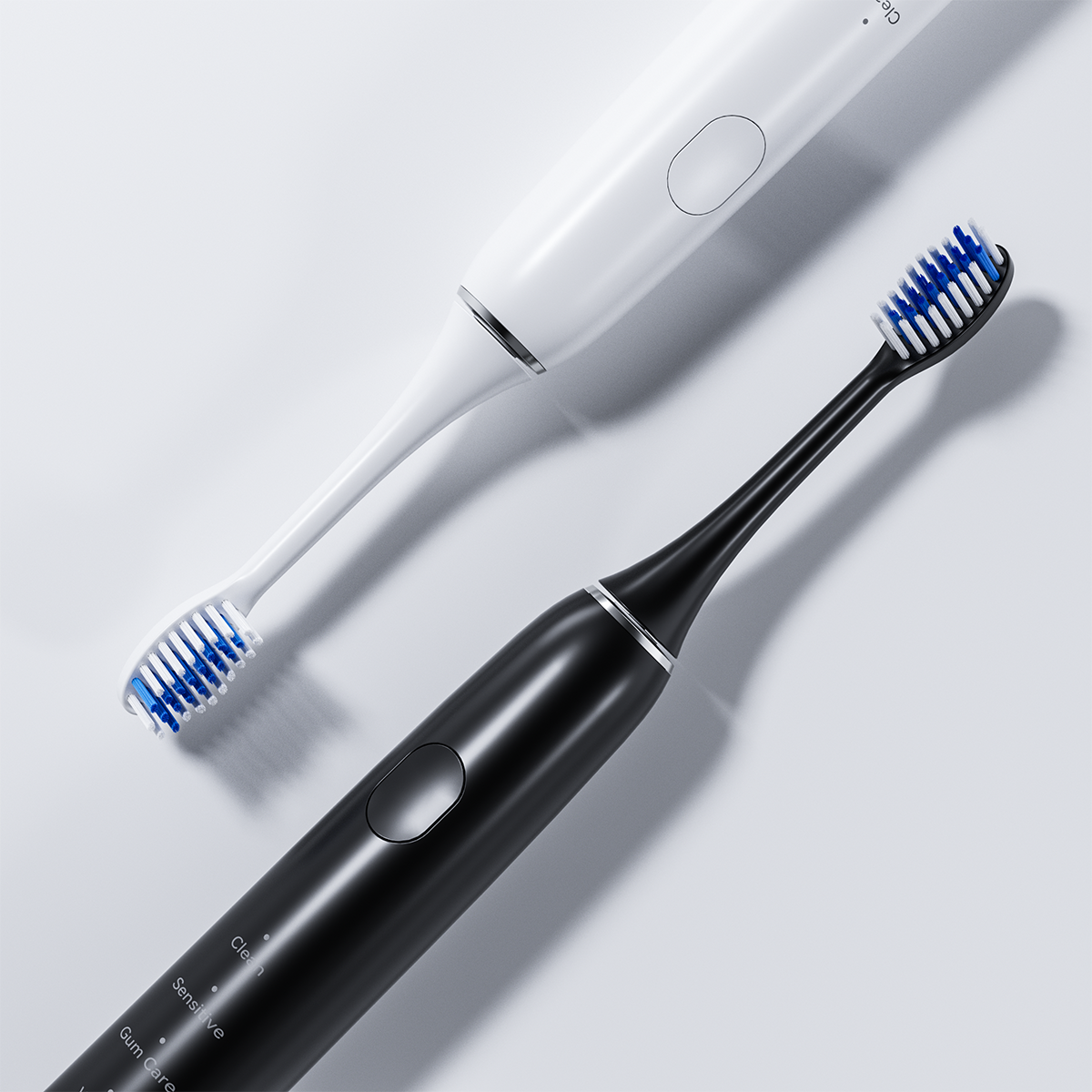
Magnetic Levitation Toothbrush Factory: Premium OEM Services
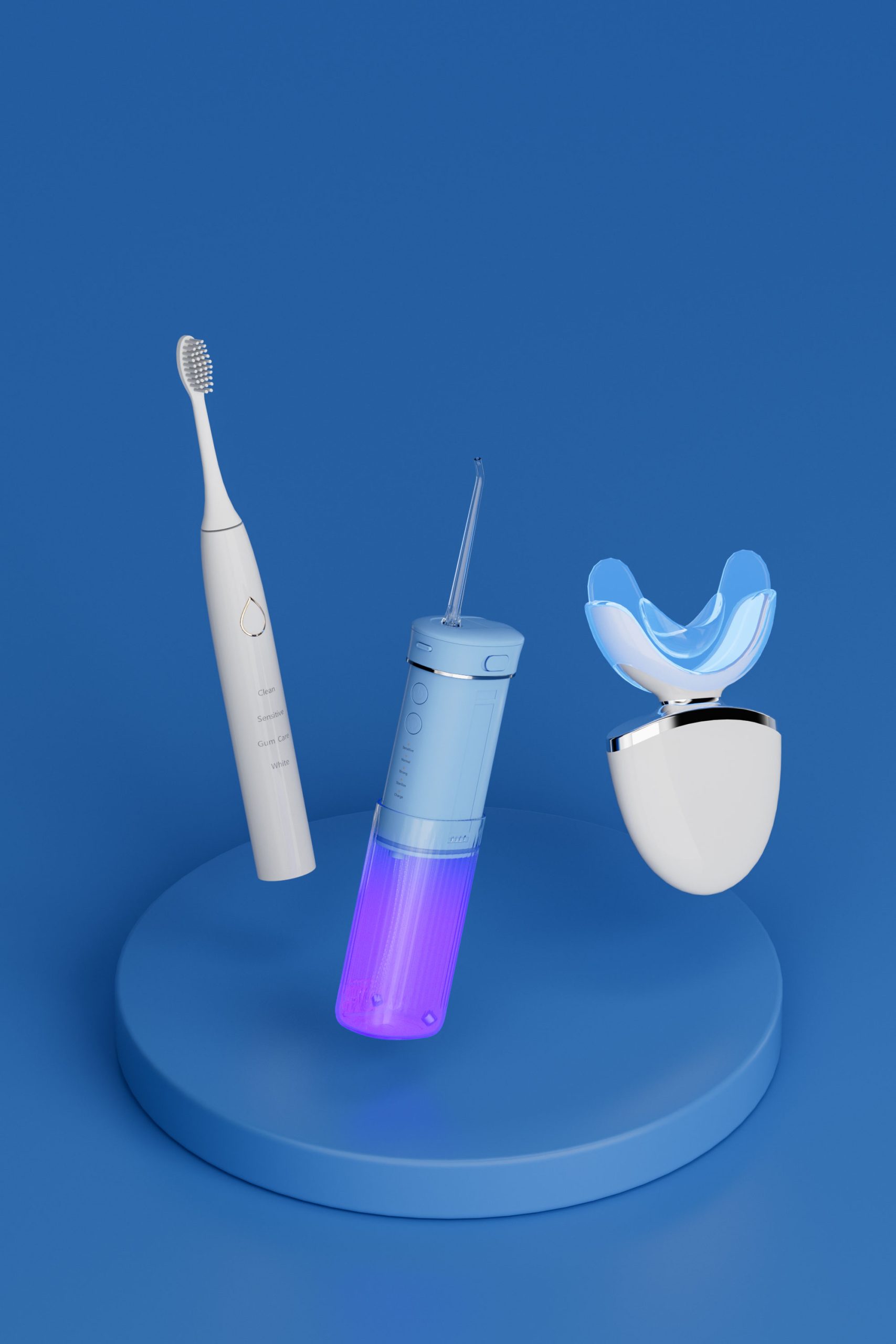
About Powsmart

electric toothbrush factory evaluation standards- 5 Must-Read Criteria for Brand Owners
.jpg)
Ultraviolet sterilizing oral irrigator: Becoming the New Market Favorite?

Four Core Factors Brand Owners Must Pay Attention to When Choosing Competitive Water Flossers
Motor Overheating alongside Device Overheating – Double Danger?
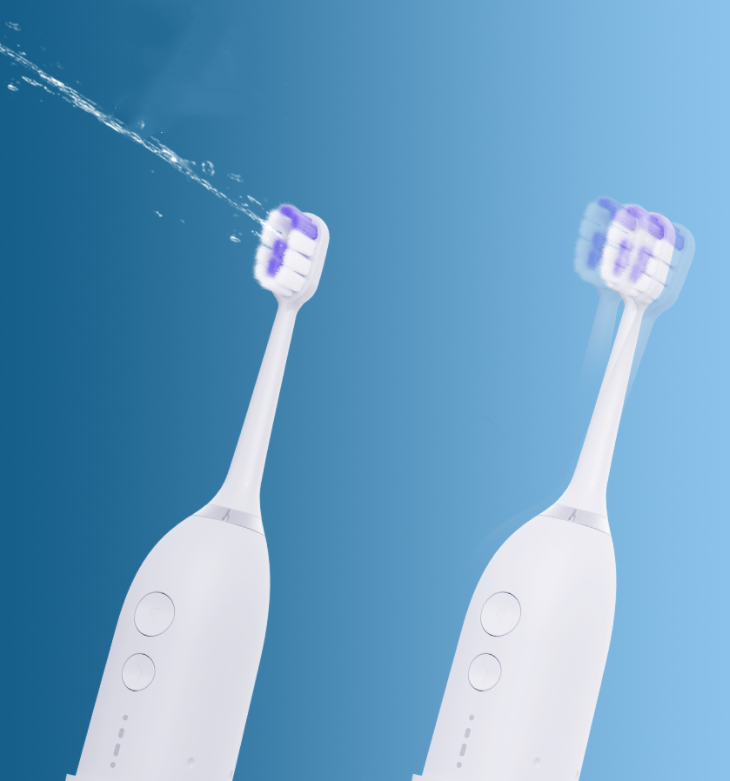
Water Flosser Toothbrush Combo: 2-in-1 Oral Care Solution
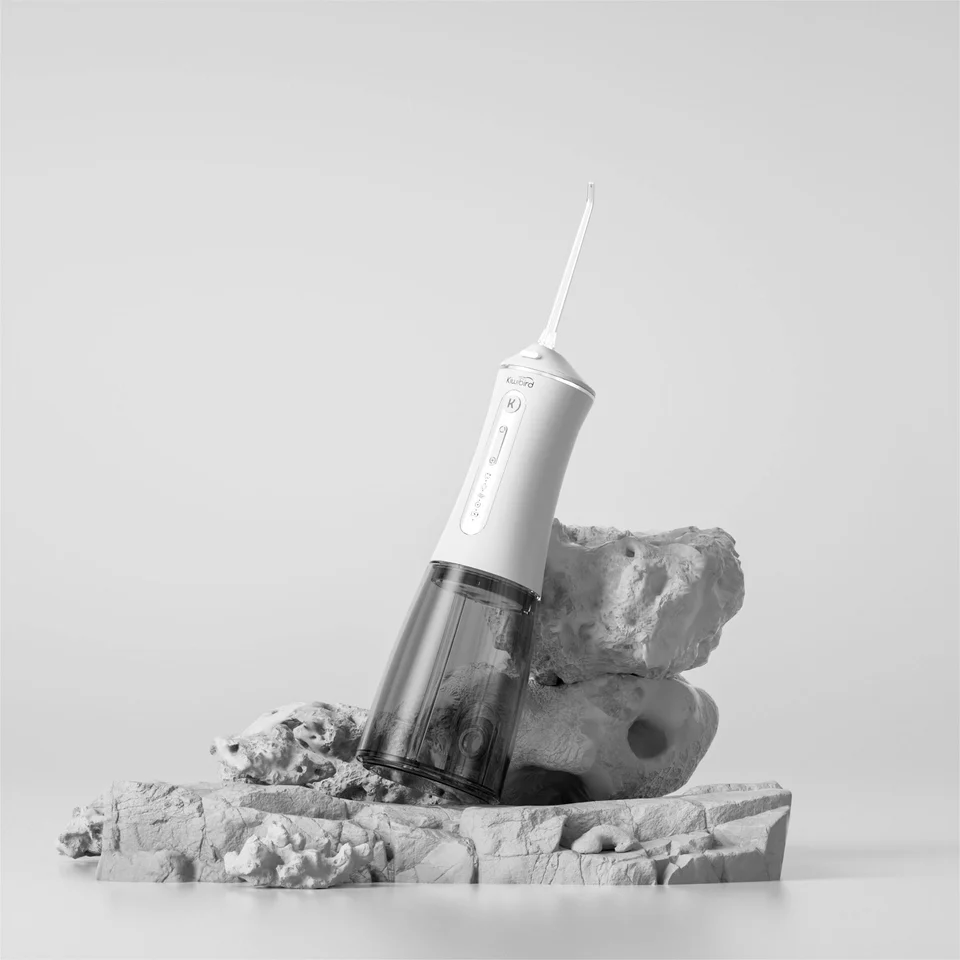
How Can Oral Care Enterprises Rise Rapidly by Leveraging Factory Resources?
Allergic Reactions and Taste Alteration – Whitening’s Hidden Cost?
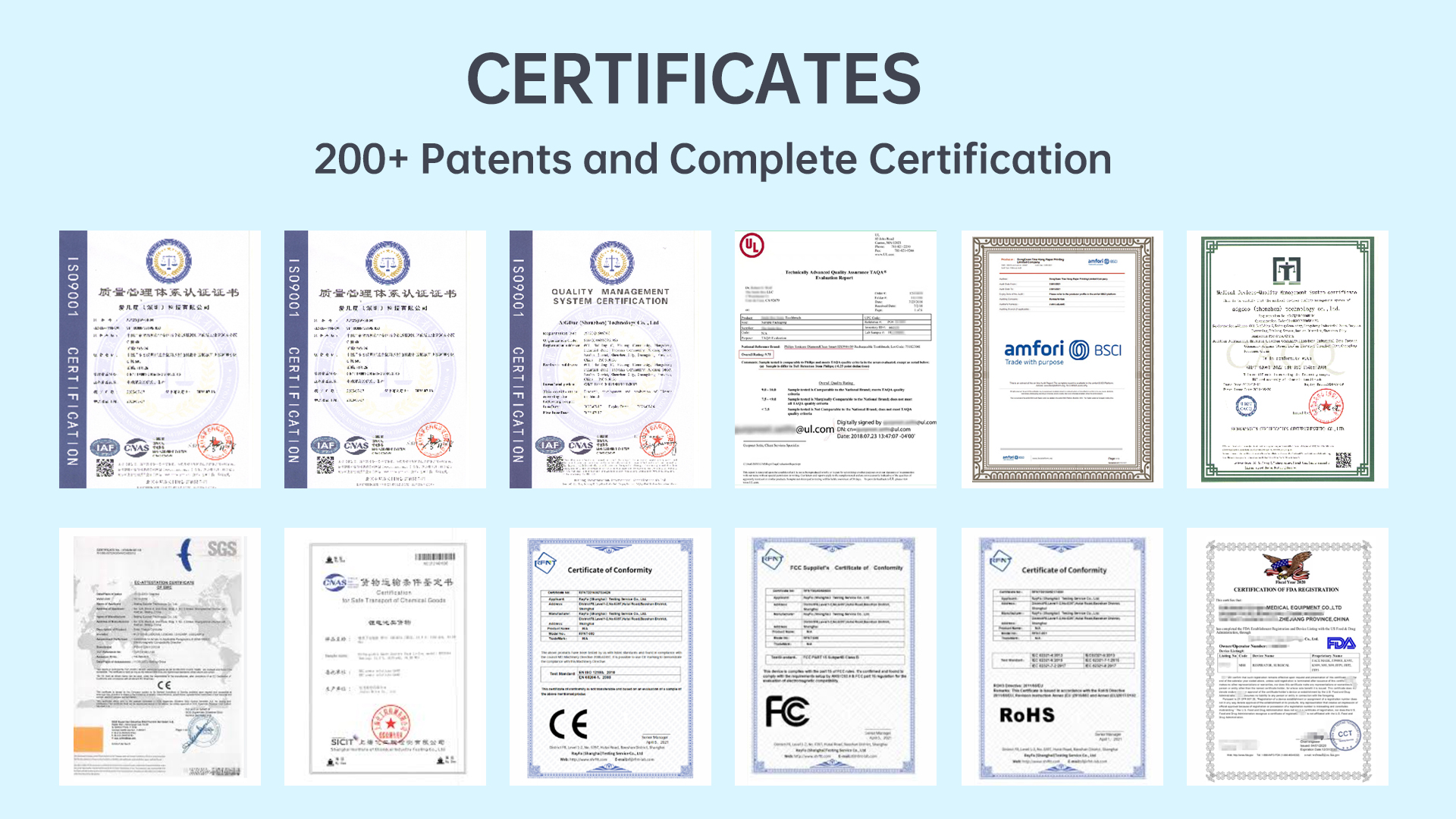
What Are the Advantages of Cooperating with FDA certificated factories?

Electric toothbrush heads Charcoal Infused-Diamond

electric toothbrush heads Regular Clean

electric toothbrush heads Charcoal Infuse-Round

Customization Teeth Whitening Gel

electric toothbrush heads Deep Clean
.jpg)
Florida Electric Toothbrush – Powsmart PTR-C8

electric toothbrush heads Ultra Soft

Private Label Whitening Gel
whstapp
whstapp
National Toll-Free Service Hotline
+86 755 86238638